Wapato Zine
Created by Portland State University Student Chloe Clark
Created by Portland State University Student Chloe Clark
By looking at the evolution of wapato as a resource in the Willamette valley, we can see a change in the environment caused by anthropogenic actions.
Al observar la evolución del wapato como recurso en el valle de Willamette, podemos ver un cambio en el medio ambiente causado por acciones antropogénicas.
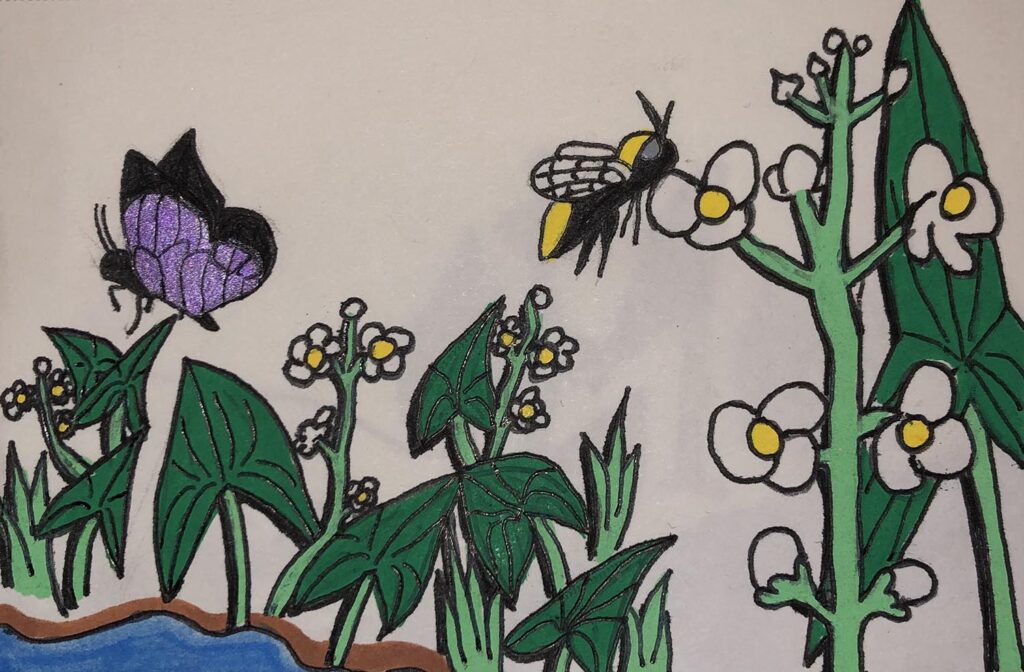
Wapato has traditionally been used as a food source by indigenous peoples.
Wapato ha sido utilizado tradicionalmente como fuente de alimento por los pueblos indígenas.
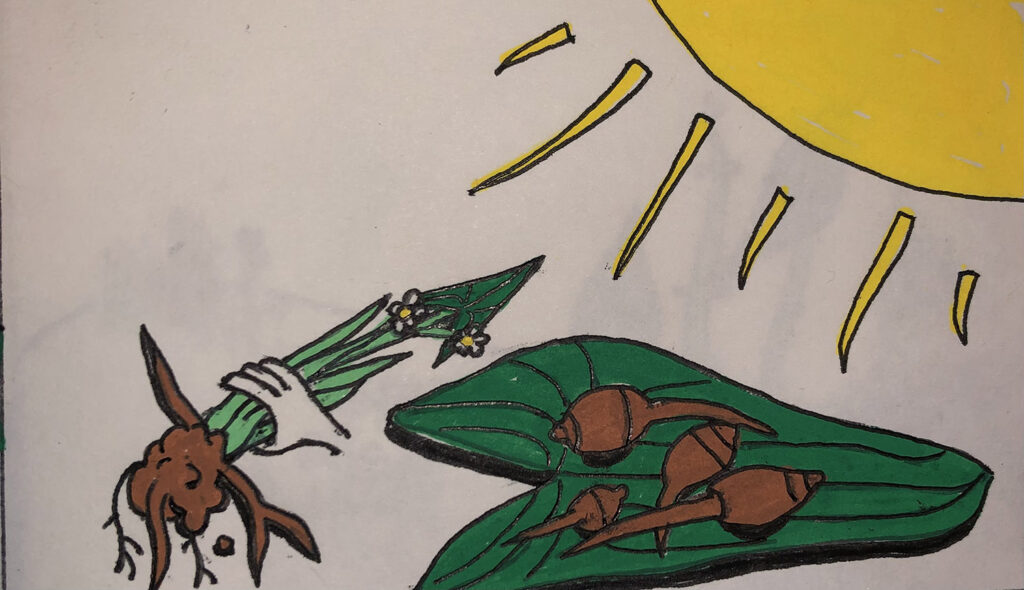
This plant plays an important role in the ecosystem specifically for aquatic and land organisms.
Esta planta juega un papel importante en el ecosistema específicamente para los organismos acuáticos y terrestres.

Wapato also provides shade which regulates water temperature. This appeals to many animals such as fresh water fish, muskrats, ducks, and porcupines who also eat Wapato leaves and bulbs.
Wapato también proporciona sombra que regula la temperatura del agua. Esto atrae a muchos animales, como peces de agua fresca, ratas almizcleras, patos y puercoespines que también comen hojas y bulbos de Wapato.
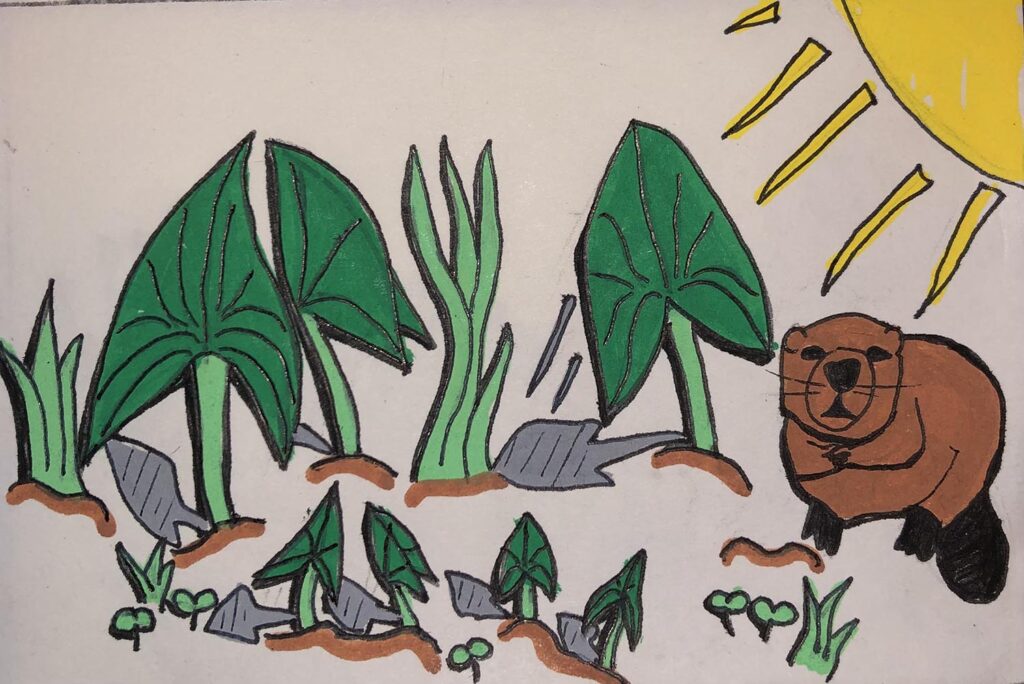
Due to its ability to absorb toxic heavy metals from its environment, Wapato is particularly important for riparian species and wetland restoration.
Debido a su capacidad para absorber metales pesados tóxicos de su entorno, Wapato es particularmente importante para las especies ribereñas y la restauración de humedales.
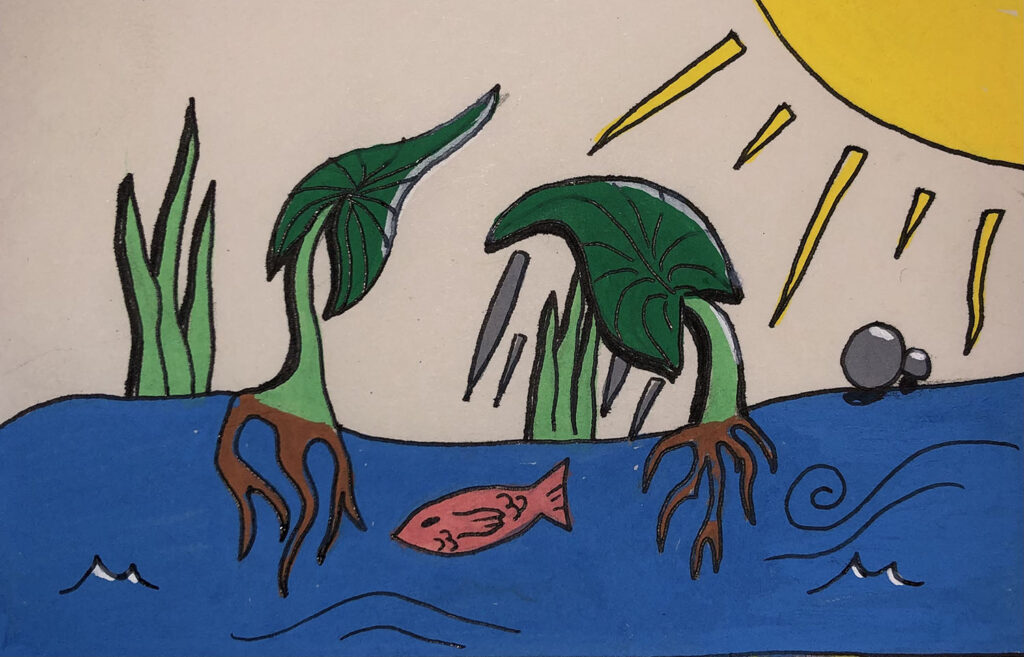
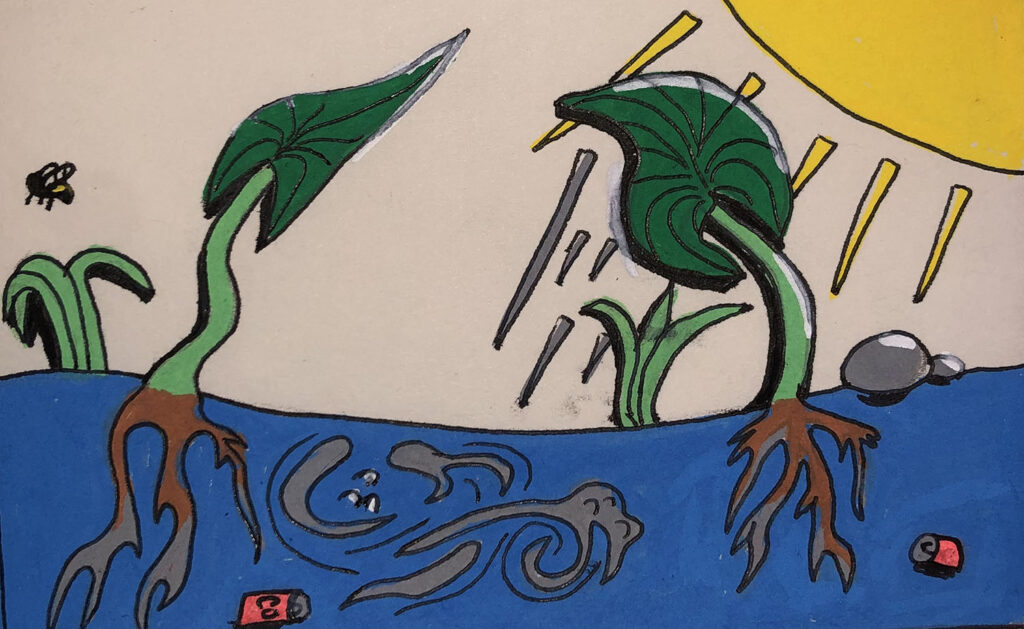
The cleansing effect of wapato has led to concerns about current day consumption of its bulbs.
El efecto de limpieza de wapato ha generado preocupaciones sobre el consumo actual de sus bulbos.
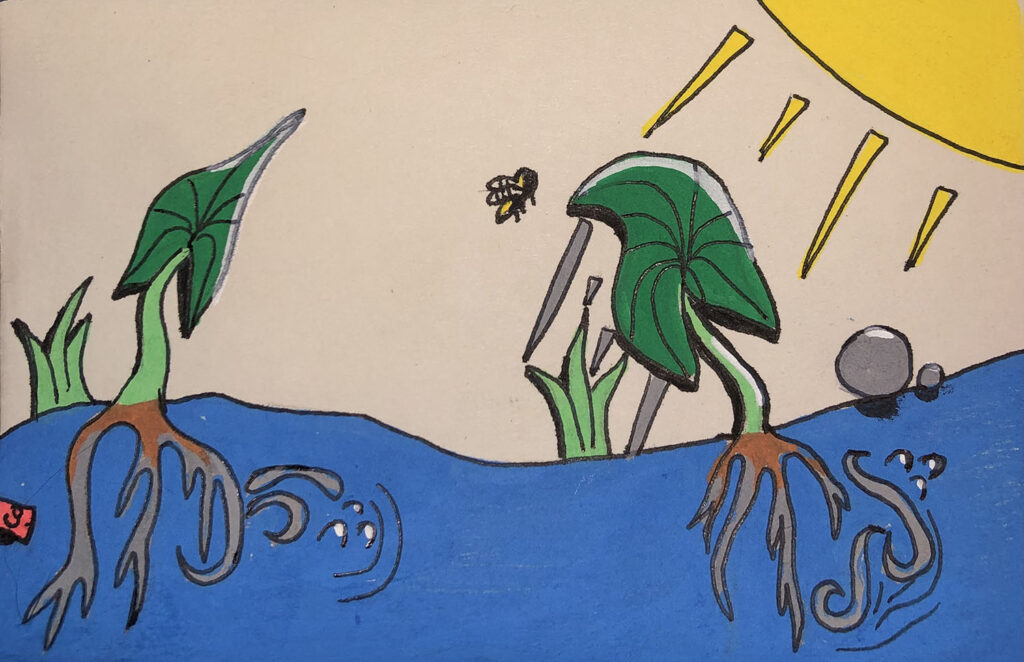
Wapato continues to contribute the same environmental benefits as it always has, but its value as a resource has continues to evolve through time.
Wapato sigue contribuyendo los mismos beneficios ambientales de siempre, pero su valor como recurso sigue evolucionando a través del tiempo.

Dunster, K. (2018). Sagittaria latifolia Willd. var. latifolia| wapato| sqewth. Logan Creek Decolonization Project Journal, 1(1), 2-5.
Important Foods: Wapato. Confluence Project, June 27, 2019,
Spurgeon, T. (2002). A Critical Look at the History, Ethnography, and Linguistics of Wapato. The Midden, 34(1), 12-21.
Spurgeon T. (1999). WAPATO IN KATZIE TRADITIONAL TERRITORY, SFU.CA, https://www.sfu.ca/archaeology-old/museum/peb/wapato1.html, May 3, 2022.
This project was funded by USACE-PSU cooperative agreement W9127N2120010
All Images taken/created by Chloe Clark.